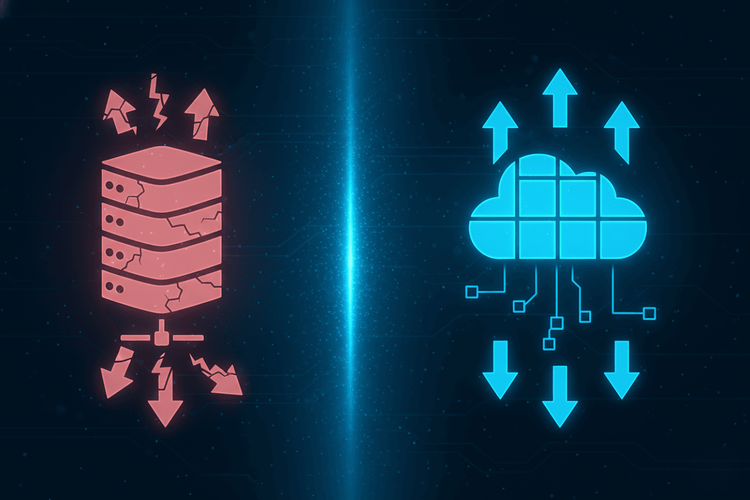Deconstructing Drools: The Power and the Price of the Rete Algorithm
To be clear, the Drools engine is powerful. Its performance is rooted in the Rete algorithm, a highly efficient pattern-matching engine that has been benchmarked in many high-throughput scenarios. It is engineered for speed and can handle an immense number of rules effectively.
However, this power comes at a steep price. The performance of Drools is not a feature you get out-of-the-box; it is a potential that must be unlocked through deep, expensive, and continuous effort. Achieving optimal results requires a specialized developer with a nuanced understanding of the Rete algorithm's inner workings to meticulously author rules and tune the Java Virtual Machine (JVM).
Without this constant expert oversight, the performance can degrade severely. Under the heavy, concurrent loads typical of a real-world enterprise application, Drools can suffer from high latency. This forces organizations into a costly cycle of over-provisioning their infrastructure, essentially throwing money at the problem, to prevent performance issues during peak traffic, a clear sign of an architecture that is not inherently scalable.
Putting Architecture to the Test: A Real-World Stress Test
Talk is cheap. We prove performance with evidence. To demonstrate the resilience of our cloud-native architecture, we designed a brutal, real-world stress test. We didn't test a simple rule; we simulated a massive, multi-step business process where a single Decision Flow contained 10 large and complex Decision Tables. This represents the kind of deeply interconnected logic used in mission-critical systems, where the output of one decision is the input for the next.
We then subjected this complex process to a sustained 75-minute load test, continuously ramping up from 200 to 500 concurrent users. The results speak for themselves.

Number of Parallel users gradually increasing from 200 - 500 over 75 mins

Latency of whole Decision Flow process over 75 minutes
The Verdict: Flawless Performance Under Extreme Pressure
Over the 75-minute period of continuously increasing traffic, the platform delivered the following results:
- 7.1+ Million Complex Decisions Executed: The system successfully processed over 7.1 million full Decision Flows from end to end.
- Zero Failures: Every single one of those 7.1 million transactions was completed with a 100% success rate.
- Consistent Low Latency: Even as the user load more than doubled, the system maintained an average response time of just 246ms, proving its ability to deliver a reliable experience for every user, not just the first one.
This is the tangible result of a modern architecture. It's not a theoretical benchmark; it is a demonstration of consistent, reliable, and predictable performance under the kind of real-world pressure that legacy architectures struggle with.
The DecisionRules Advantage: Performance as a Guarantee, Not a Gamble
The stress test results are not an accident; they are the direct outcome of a modern, cloud-native architecture designed for one purpose: to deliver consistent, reliable performance under real-world pressure. Our elastic scaling automatically adds resources to handle traffic spikes, ensuring your performance remains predictable when you need it most.
From an Architectural Promise to a Contractual Guarantee
Most importantly, we don't just promise performance—we guarantee it. Our enterprise plans are backed by a formal Service Level Agreement (SLA) that contractually guarantees up to 99.99% availability and consistently low API latency. This is the fundamental difference between a platform and a product: Drools offers you a powerful engine; DecisionRules offers you a reliable service with a performance guarantee you can hold us to.
The Real Performance Question Every Enterprise Must Ask
This shifts the debate entirely. The question is not, "Which algorithm is faster in a lab?" The question is, "Which platform provides reliable, guaranteed performance in my global production environment?"
The performance of Drools is a potential that you must unlock through constant, expensive investment in expertise and infrastructure. The performance of DecisionRules is a managed, reliable service that your enterprise can depend on, out-of-the-box.
The choice is not about which engine has a higher theoretical top speed, but which platform delivers reliable performance when it matters most.
While the Drools engine is powerful, its performance is a complex and ongoing project your team must manage—a potential that comes with no guarantees. DecisionRules delivers consistent, reliable, and globally-fast performance as a managed service, out-of-the-box. It is a guarantee, not a project.

